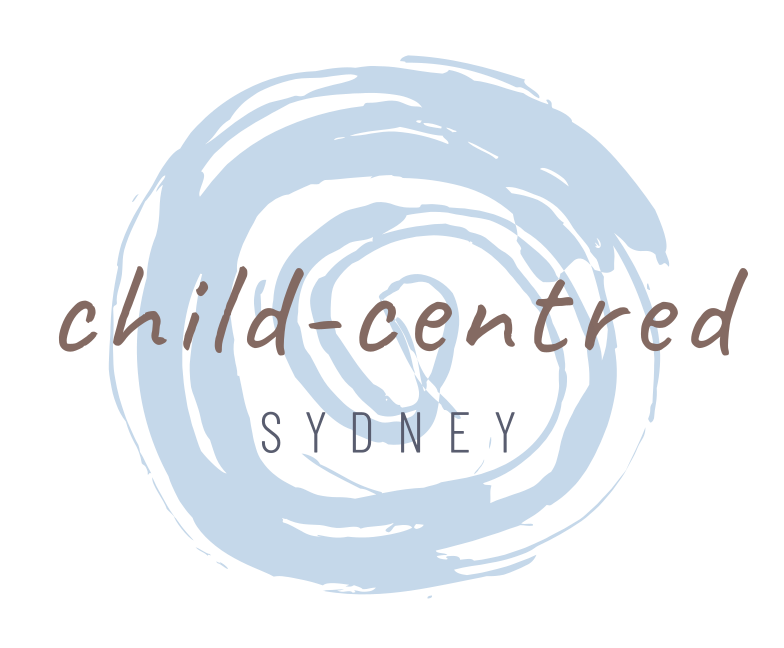Play Therapy
Child-Centred Play Therapy (CCPT) is a psychotherapy approach for children that is based on their natural way of self-expression: Play. With play seen as the child’s language and ‘toys’ as their words, the therapeutic materials in the playroom have been carefully selected to facilitate communication.
But the most important resource in the room is the therapist. Just like in other modalities, the child-clinician relationship is the highest predictor of positive treatment outcomes. The therapist builds an unconditional relationship within a warm, safe and predictable environment. This special connection is healing for the child.
In play therapy, the child uses the whole self —mind and body— to express unconscious thoughts, wishes, fears, anxieties and so forth. This helps them process ‘stuck’ emotions and thoughts. Through such play, the therapist gains an understanding of the child’s needs and experiences without asking questions.
CCPT specialists are trained to read the metaphors of the play and observe emerging patterns. These observations help the clinician to reflect thoughts and feelings back to the child, thus addressing the underlying sources of challenges.
Change then happens from the inside out. As internal growth increases, behavioural symptoms will decrease. This leads to a stronger person (resilience and inner strength), more able to tolerate triggers and changes. The effects are progressively noticed in the child’s daily functioning.
Further information
There are various types of play therapy, which are grounded on different theoretical models. These approaches sit on a continuum ranging from non-directive to directive.
Child-centred play therapy (CCPT) is a humanistic intervention and the most non-directive of all play therapy modalities. As an evidence-based approach, it has been proved to be one of the most effective for children aged 3 to 11.
To access the latest play therapy research, including meta analyses and reviews, please visit https://evidencebasedchildtherapy.com
